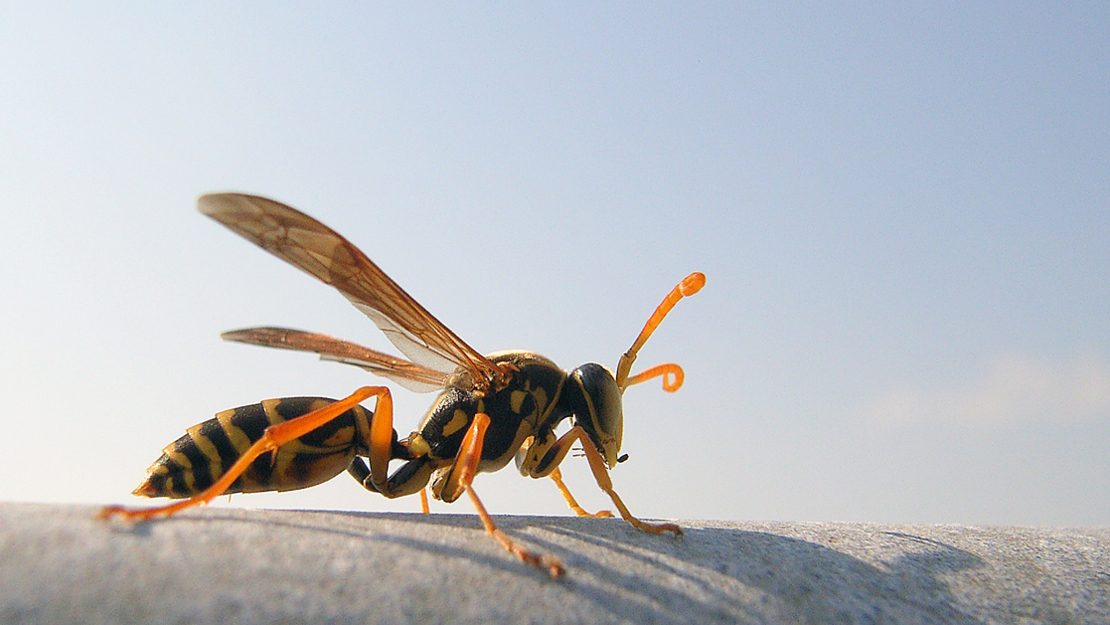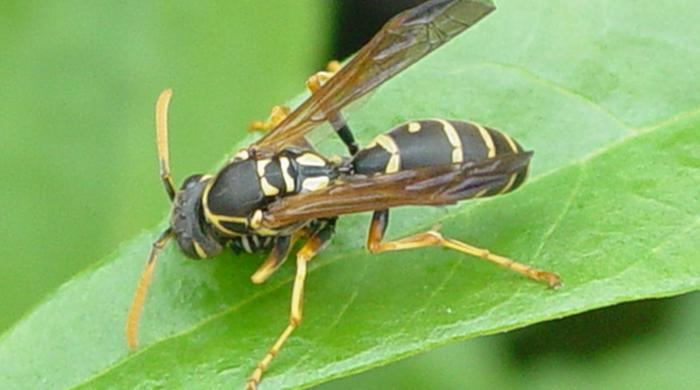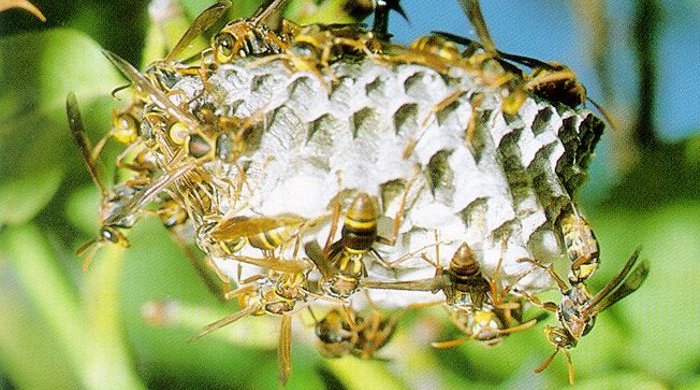Vespula germanica, v. vulgaris, Polistes chinensis, p. humilis
Wasp: vespula and paper
Family: Vespidae
Origin: Asia, Australia, Europe, Northern Africa

Regional Pest Management Plan (RPMP) status
- Whole region — Sustained control
- Hauraki Gulf Controlled Area Notice pest
General description
Social insects that build nests out of fibre. Vespula wasps have black and yellow heads and bodies. Paper wasps are tan-red (Polistes humilis) or black and yellow (P. chinensis), have thinner abdomens than Vespula wasps, and fly with their legs hanging down.
What you need to know
To help protect our environment:
- You must not breed, distribute, release or sell any wasp within the Auckland region.
Habitats
Forest, shrubland, scrub, pasture, coastal areas, wetlands, urban areas.
Impact on environment
Preys on range of invertebrates, competes with native birds and invertebrates for honeydew. Aggressive stinging behaviours pose risk to human health. Attacks livestock, farm and forestry workers, and robs beehives of honey.
Control
Management
Refer to the Pest animal control guidelines for information on how to control wasps, or contact Auckland Council at pestfree@aucklandcouncil.govt.nz.





